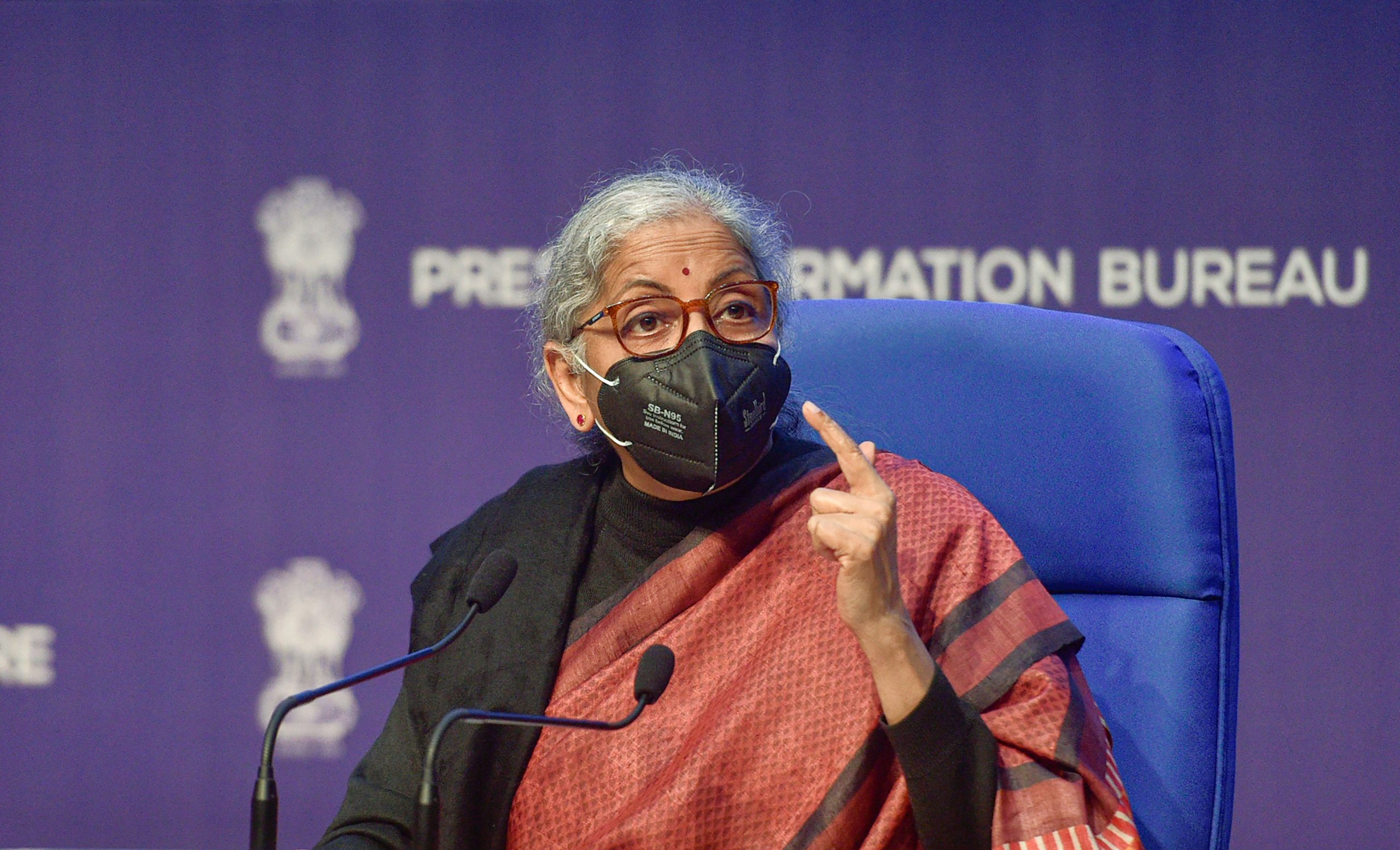Finance Minister Nirmala Sitharaman presented the Union Budget 2022 in Parliament on February 1 at 11 am.
“I recognise we are in the midst of the omicron wave, with high incidents but milder symptoms. Further, the speed and coverage of our vaccination campaign have helped greatly. With an accelerated improvement in health infrastructure in the past two years, we are in a strong position to withstand challenges,” the Finance Minister said.
She announced that an open platform for the National Digital Health Ecosystem will be rolled out, consisting of digital registries of health providers and health facilities, unique health identity and universal access to health facilities.
Sitharaman highlighted the importance of mental health, especially during the pandemic and its accompanying uncertainty. She said that a national mental health programme, including a network of 23 telemedical mental health centres of excellence would be brought in.
“For mental health counselling, a National Tele Mental Health Program will be launched,” the Finance Minister said. The programme will be supported technologically by IIT Bangalore.
Further, two lakh Anganwadis will be upgraded for improving child health, she added.
What were the expectations?
The first priority in the ongoing pandemic period should be to create new infrastructure in hospitals, diagnostic labs and home care, NATHEALTH, the Healthcare Federation of India, said in its recommendations for the Union Budget 2022-23.
Experts said that investment in healthcare was required to create an ecosystem to accelerate the approval process for global innovation around COVID-19. It is required to fill the long-term and short-term structural gaps and fast-track revival of the healthcare sector.
Earlier, speaking to news agency, Shravan Subramanyam, Senior Vice-President, NATHEALTH, and Managing Director, Wipro GE Healthcare said that the pandemic has brought about a radical shift in the way we look at medical emergencies and has exposed the structural gaps in our health system.
Healthcare is under-served and under-consumed. Only investments can help us create inclusive and resilient medical infrastructure.







